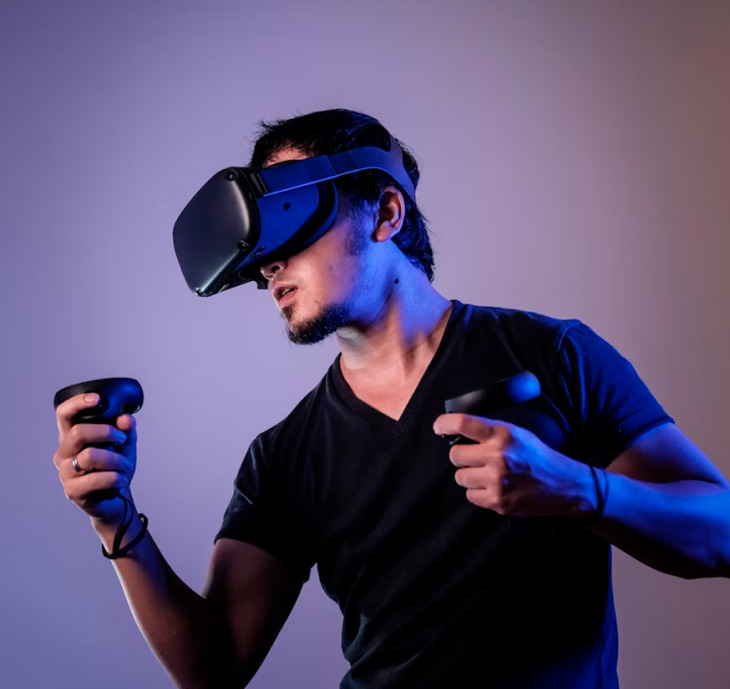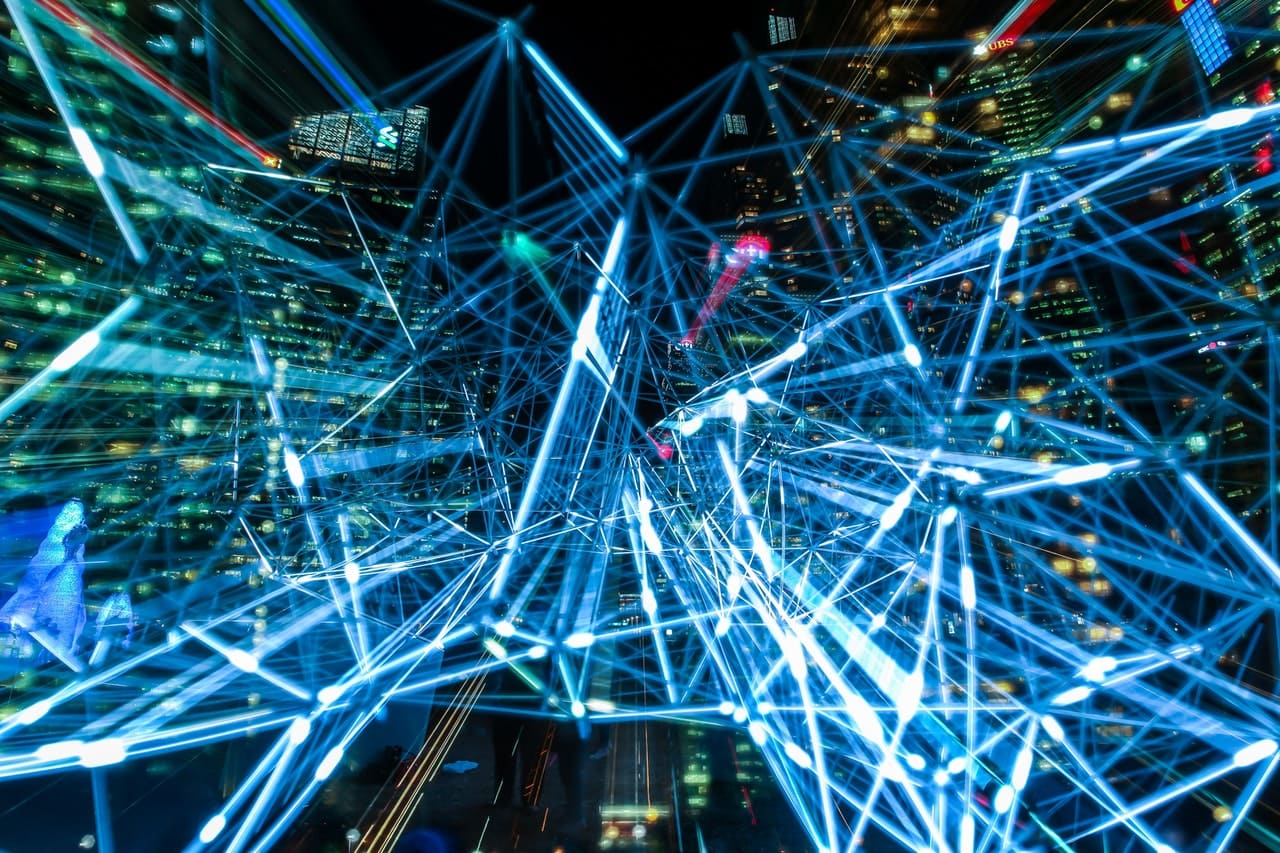In 2020, COVID-19 was not the only issue dominating the news. For months and to this day, headlines broadcasted videos and fallouts from multiple murders of Black individuals, from George Floyd to Ahmaud “Maud” Arbery and Breonna Taylor. The news reignited protests and revived a long and painful movement for Black Americans and activists around the globe. Individuals were once again asked to reflect upon their biases and systematic racism more broadly. Beyond reflection and chanting Black Lives Matter, activists and allies demanded action.
In a town hall speech on police violence, Barack Obama remarked on the unique moment: “there is a change in mindset that’s taking place, a greater recognition that we can do better. That is not as a consequence of speeches by politicians. That’s not the result of spotlights in news articles. That’s a direct result of the activities and organizing and mobilization and engagement of so many young people across the country who put themselves out on the line to make a difference.”
In the workplace, even when interacting on Zoom calls, employees, young and old, looked to their executives and human resources departments to not only issue statements but also to create company initiatives to support the recruitment, retention, and advancement of underrepresented individuals.
There are many reasons to invest in diversity, equity, and inclusion and simple morality speaks for and takes precedent, but, if the moral argument is not enough, there is also a business argument for supporting diversity, equity, and inclusion. McKinsey reports that companies with more gender and/or ethnic and cultural diversity on executive teams were more likely to earn high profits and have superior value creation. Companies without this diversity were notability less likely to achieve above-average profitability.
.png)
2020 at Virtual Bodyworks signalled a change for us as well as we refocused our mission to change society for the better, one person at a time. This mission resulted from our reflection on how we could better leverage our research and science to truly make a lasting impact on the world, especially in regards to diversity, equity, and inclusion.
We knew from experience that our virtual reality technology could be used to revitalize outdated or ineffective trainings, often viewed reticently by employees for fulfilling compliance only. According to Harvard Business Review, diversity programs fail in part because “firms have long relied on diversity training to reduce bias on the job, hiring tests and performance ratings to limit it in recruitment and promotions, and grievance systems to give employees a way to challenge managers. Those tools are designed to preempt lawsuits by policing managers’ thoughts and actions. Yet laboratory studies show that this kind of force-feeding can activate bias rather than stamp it out.” Our science, on the other hand, shows that experiences in virtual reality, when content is properly produced and evaluated, can actually reduce implicit biases. This is because of what we call “embodiment.”
Embodiment refers to when virtual reality users enter full body avatars, which causes our brains to rewire and shift our self-perception, making us feel that our body is the same as the avatar we observe through virtual reality. Understanding that the technology must be highly sophisticated to create natural, synchronized, and plausible scenarios, embodiment has been shown to be uniquely effective in creating fast, efficient, and long-lasting results in explicit and implicit learning and in the reduction of biases.
Our development team is busy building a product that is anchored in the idea of embodiment while also growing from our other products that have proven successful in combating other challenges, from mental health to obesity.
Ultimately, we envision that this technology will revolutionize Human Resources and Diversity, Equity, and Inclusion training to support leaders as they cascade change throughout their organizations and across all aspects of diversity. For the first time, we can genuinely feel what it is like to stand in someone else’s shoes. This is not virtual learning. Through “virtual” reality, we can actually embody the empathetic individuals and companies we all aspire to be.
We look forward to partnering and working with you to change society. Please connect with us.






